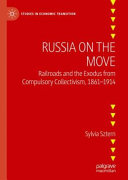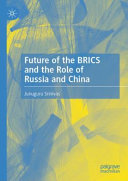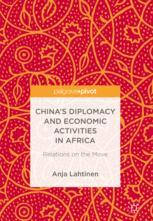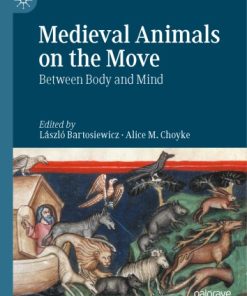Russia on the Move: Railroads and the Exodus from Compulsory Collectivism, 1861–1914 1st ed. 2022 Edition Sylvia Sztern
$50.00 Original price was: $50.00.$25.00Current price is: $25.00.
Russia on the Move: Railroads and the Exodus from Compulsory Collectivism, 1861–1914 – Ebook Instant Download/Delivery ISBN(s): 9783030892845,3030892840

Product details:
- ISBN-10 : 3030892840
- ISBN-13 : 978-3030892845
- Author(s): Sylvia Sztern
This book explores the impact of railroads on 19thcentury Russian peasant collectivism. The mutual-insurance mechanism in a precarious agricultural environment, provided bya structured communal-village system predicated on the reputation and authorityof community norms,is exposed to rationalist exchange―occasioning an institutional adaptation process:the individualization of property rights in land. Spatial-mobility technology animated market integration, specialization, literacy,and human-capital acquisition among peasant wage workers who commuted from their villages.Temporarily rising transaction costs forced the Tsar to concede household property rights in land in the so-called Stolypin reform of 1906.This challenge to the imperial patrimony, powered by the railroads, steered late imperial Russia toward constitutional governance.The spatial-mobility technology gave peasants access to centers of agglomeration of knowledge, changedcognitive perceptions of distance, and reduced the uncertainty and opportunity costs of travel. The empirical findings in this monograph corroborate the conclusion that the railroads occasioned a cultural revolution in late imperial Russia and made Stalin unnecessary for the modernization of the Euro-asian giant.
Table contents:
1. Russia on the Move: Railroads and the Exodus from Compulsory Collectivism, 1861-1914.-
2. From Hierarchy to Egalitarianism: From Gerschenkron to Gregory–Deduction and Induction from NIE/AEI Complementarity and the Regulationist Model.-
3. Through the Lenses of Theory: New Institutional Economics and American Evolutionary Institutionalism– Railroads, Specialization, and Democracy in Late Tsarist Russia.-
4. Industrialization as a Precipitant of Tensions Between Tsardom and Nascent Civil Society.-
5. Peasantry and Land in Industrializing Late Tsarist Russia.-
6. The Railroads and the Metamorphoses of the Mir: Westernizer and Slavophile Conceptions Revisited.-
7. Secularization and Pious Subversion: To the Constitution by Rail.-
8. From Janus to Janus: Peter I, Nicholas II, and Industrialization.-
9. Was Stalin Necessary? Railroads and the Crumbling of the Obshchina in Tsarist Russia.-
10. Individualism and Collectivism: Measuring the Transition to Modernity in Tsarist RussianPeasant Society, Penza Province, 1913.-
11. Measurable Power: Railroads, Literacy, and the Crafts Artel–Hierarchy in Disarray in Late Imperial Russia.-
12. Epilogue.
People also search:
the movement to industrialize russia was most dependent on
is india moving away from russia
how to move to russia from uk
will russia invade georgia
russia on the moon
russia on the map
russia on the moon first
You may also like…
Politics & Philosophy - International Relations
Future of the BRICS and the Role of Russia and China 1st edition
Politics & Philosophy - Anthropology
Aristotle on the Sources of the Ethical Life 1st Edition Sylvia Berryman
Politics & Philosophy
China’s Diplomacy and Economic Activities in Africa: Relations on the Move 1st Edition Anja Lahtinen
Business & Economics
History - Middle Eastern History
History - Ancient History
Medieval Animals On The Move: Between Body And Mind 1st Edition
Politics & Philosophy - Politics
Business & Economics - Responsibility and Business Ethics
Politics & Philosophy - Government & Politics












